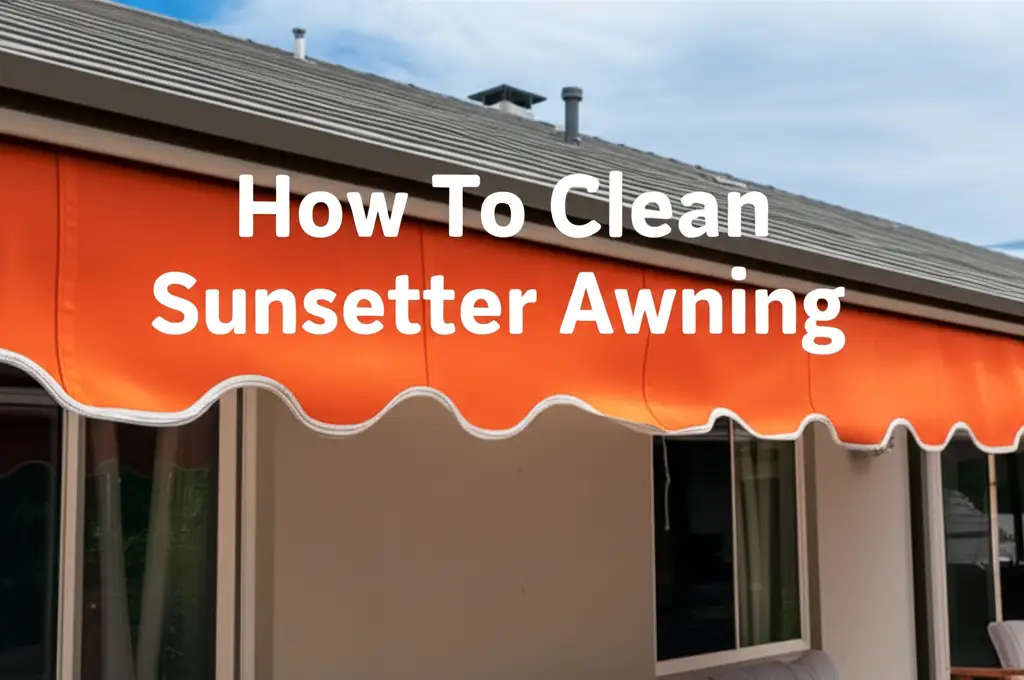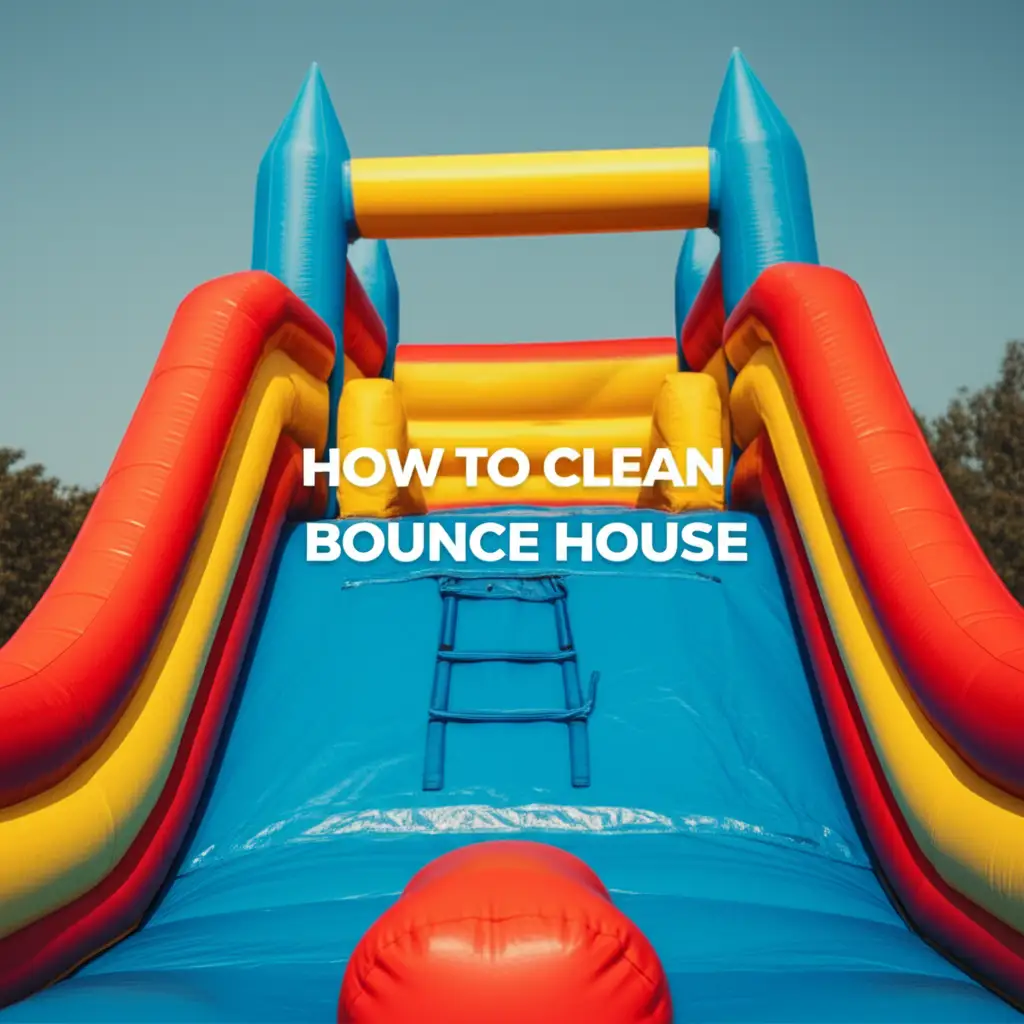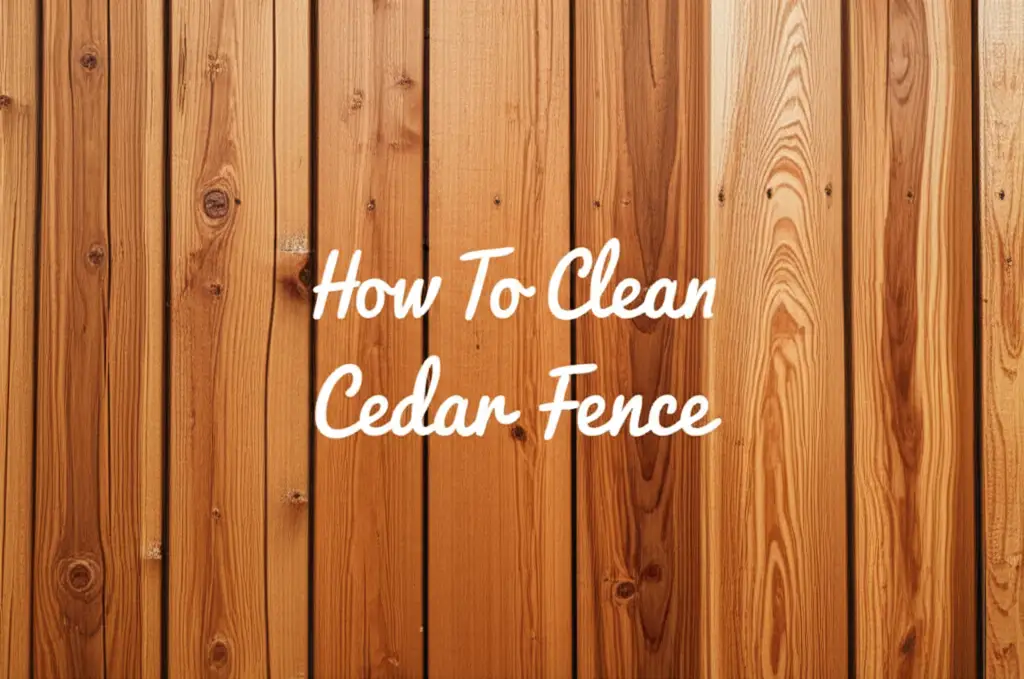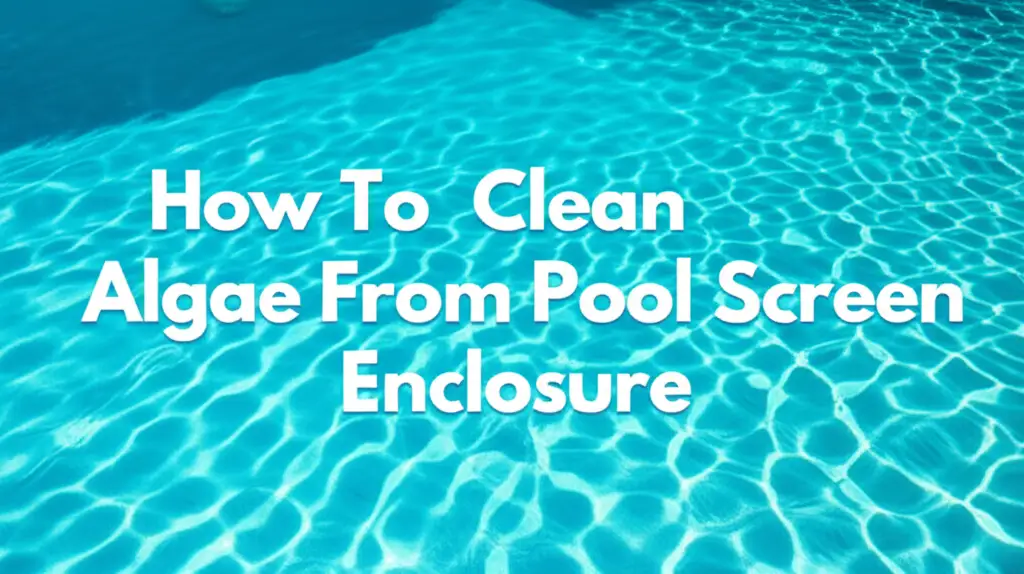· Outdoor Cleaning · 17 min read
How To Clean Spa Cover
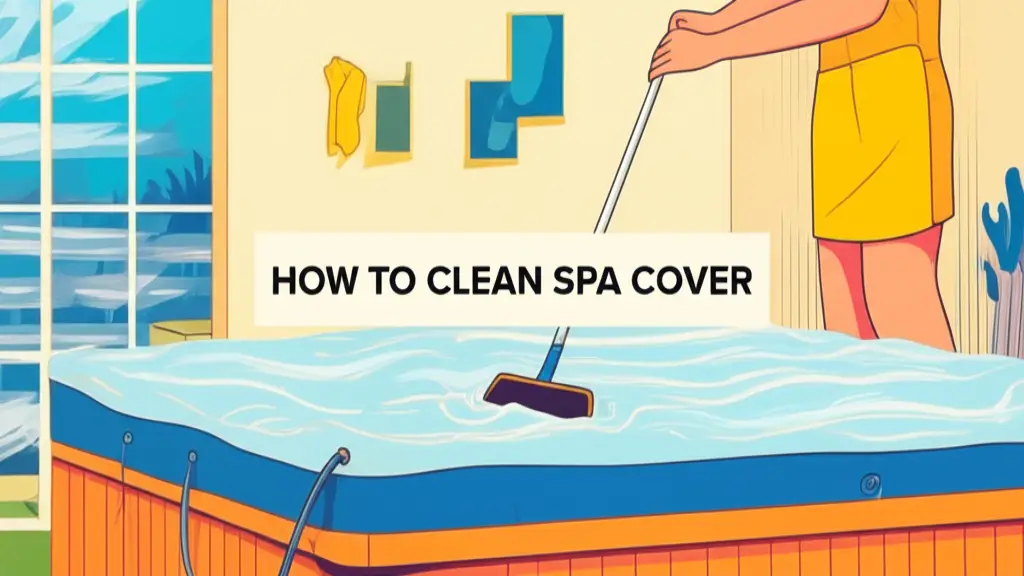
Achieve a Sparkling Clean Spa Cover
A spa offers a wonderful retreat. Its cover, however, often faces harsh outdoor elements. Dirt, grime, mildew, and UV rays can take their toll. Keeping your spa cover clean is important. This practice maintains its appearance and prolongs its lifespan. A clean cover also ensures a hygienic spa environment.
This article will guide you on how to clean your spa cover effectively. We will cover necessary tools and cleaning solutions. You will learn steps to remove various types of dirt and stains. We also explore methods for preventing future damage and maintaining your cover. By the end, you will have the knowledge to keep your spa cover looking new. This ensures your spa remains a pristine sanctuary.
Takeaway
- Regularly clean your spa cover to prevent dirt buildup and mildew.
- Use gentle, non-abrasive cleaners specifically designed for vinyl or mild soap.
- Always rinse the cover thoroughly to remove all cleaning solution residue.
- Apply a UV Protectant and conditioner to shield against sun damage and keep the vinyl supple.
- Address mold and mildew promptly with appropriate solutions to prevent spread.
To effectively clean a spa cover, you should first clear off debris, then wash the surface with a mild soap or a specialized vinyl cleaner and a soft brush. Rinse thoroughly, focusing on seams and crevices. For mold or mildew, use a diluted bleach or vinegar solution. Finally, apply a UV protectant to condition and shield the cover from environmental damage.
The Importance of Regular Spa Cover Cleaning
Your spa cover works hard. It shields your spa from debris. It also helps retain heat and keeps energy costs down. Over time, dirt, dust, pollen, and even bird droppings accumulate. These elements can degrade the cover’s material. Neglecting spa cover cleaning leads to unsightly stains. It can also cause mold and mildew growth. Mold is not only unpleasant; it can also affect air quality around your spa.
Regular cleaning prevents these issues. It keeps the cover looking good. More importantly, it extends the cover’s functional life. A well-maintained cover will insulate your spa better. This saves you money on heating. It also protects the spa water from contamination. Think of it as an investment in your spa’s longevity and your enjoyment.
I have seen many spa covers ruined by neglect. Cracks appear, and the material becomes brittle. This happens because dirt traps moisture, and UV rays break down the vinyl. A simple cleaning routine can avoid these problems. It keeps your spa cover strong and flexible. This ensures it performs its job efficiently for years.
Gathering Your Spa Cover Cleaning Supplies
Before you start cleaning, gather all necessary supplies. Having everything ready makes the process smoother. You do not want to stop midway to search for an item. The right tools ensure an effective and safe cleaning for your hot tub cover cleaning. Using incorrect products can damage the vinyl.
Here is a list of essential items:
- Soft-bristled brush or large sponge: These are gentle on the vinyl surface. Avoid abrasive brushes or scour pads, as they can scratch.
- Garden hose: For rinsing the cover thoroughly. A spray nozzle helps control water pressure.
- Mild dish soap or specialized vinyl cleaner: Look for products specifically designed for vinyl or spa covers. Avoid harsh detergents, abrasive cleaners, or oil-based products. I often use a mild dish soap solution, as it is effective and safe.
- Bucket(s): For mixing cleaning solutions and rinsing tools.
- White vinegar: Useful for treating stubborn mildew or hard water stains.
- Bleach (diluted): A last resort for severe mold and mildew, but use with extreme caution and proper ventilation.
- UV protectant and conditioner: This is crucial for protecting the vinyl after cleaning. It helps prevent cracking and fading.
- Soft cloths or old towels: For wiping and drying the cover.
I always make sure I have these items on hand before starting. This preparation saves time. It also prevents frustration. This simple step ensures a successful cleaning session for your hot tub cover maintenance.
Step-by-Step Guide to Cleaning Your Spa Cover
Cleaning your spa cover is a straightforward process. Follow these steps for the best results. A systematic approach ensures you clean every part effectively. This helps in removing all dirt and preventing new issues.
Step 1: Remove and Clear Debris
First, remove the spa cover from the spa. Place it on a clean, flat surface. This could be a patio or driveway. Avoid placing it directly on dirt or grass, which can add more grime. Use a soft brush or broom to sweep off loose debris. Remove leaves, twigs, dirt, and any other large particles. This step prevents scratching the vinyl during washing.
I always take my cover off and lean it against a wall. This allows me to clean both sides easily. It also ensures proper drainage. Make sure the surface beneath is clean. A quick sweep of the ground helps prevent re-soiling the cover.
Step 2: Rinse the Entire Cover
Next, use your garden hose to thoroughly rinse the entire spa cover. Spray down both the top and bottom surfaces. High pressure is not necessary; a gentle flow is fine. This initial rinse helps to loosen dirt and wash away small particles. Pay attention to seams and crevices where dirt might hide.
I like to use a wide spray pattern on my hose. This covers a large area quickly. Ensure water reaches all parts of the cover. This step is like preparing a canvas before painting. It creates a clean base for the main washing.
Step 3: Prepare and Apply Cleaning Solution
Fill a bucket with warm water. Add a small amount of mild dish soap or specialized vinyl cleaner. Mix it until suds form. Use about a tablespoon of soap per gallon of water. For a very dirty cover, you might need slightly more. Avoid strong chemicals or abrasive cleaners, as they can strip the vinyl’s protective layers.
Dip your soft-bristled brush or sponge into the solution. Start scrubbing the top surface of the cover. Work in small sections. Apply gentle pressure. Scrub in a circular motion to lift dirt and grime. Pay extra attention to high-traffic areas or visible stains. The goal is to loosen all built-up dirt without damaging the vinyl.
I find that working from one end to the other helps me keep track. I also re-dip my brush often to keep it soapy. This ensures consistent cleaning power across the whole cover. This method is similar to how to clean an automatic pool cover, where gentle cleaning and thorough rinsing are key.
Step 4: Address Stubborn Stains, Mold, and Mildew
Sometimes, basic cleaning is not enough for tougher spots. Mold and mildew are common issues, especially on the underside of the cover. These areas trap moisture. For these stubborn spots, you need stronger, targeted solutions.
- For light mildew: Mix equal parts white vinegar and water in a spray bottle. Spray the affected areas. Let it sit for 10-15 minutes. Then, scrub with your soft brush and rinse thoroughly. Vinegar is a natural disinfectant and mold killer. I often use vinegar first because it is less harsh than bleach. You can learn more about using vinegar for cleaning here.
- For heavier mold or mildew: In a well-ventilated area, mix 1 part bleach with 10 parts water. Dip a sponge or soft cloth into this solution. Gently wipe the moldy areas. Do not let the bleach solution sit for too long. Rinse the area immediately and thoroughly with plain water after scrubbing. Bleach can dry out and damage vinyl if left on too long. Always test this solution on an inconspicuous spot first. Be careful not to drip bleach onto your spa or deck.
- For hard water stains: A solution of white vinegar can also help. Apply it directly to the stain. Let it sit briefly. Then scrub and rinse.
When dealing with mold, wear gloves. Ensure good ventilation. This protects your skin and lungs. I always take extra care with bleach solutions. They are powerful but need cautious handling. This detailed approach ensures your mildew removal spa cover is effective.
Step 5: Rinse and Dry Thoroughly
After scrubbing and treating all areas, it is time for a final, thorough rinse. Use your garden hose to wash off all cleaning solution. Start from the top and work your way down. Ensure no soapy residue remains. Residue can attract dirt or leave streaks. Rinse both sides of the cover.
After rinsing, allow the cover to air dry completely. You can prop it up on its side. This lets water drain away. Air drying prevents water spots and mildew regrowth. Make sure the cover is dry before moving it back onto the spa. Moisture trapped underneath can encourage new mold.
I often wipe down the cover with a clean, dry towel after rinsing. This speeds up drying. It also helps remove any lingering water spots. This step is critical for vinyl spa cover care as it prevents moisture-related issues.
Protecting Your Spa Cover: Beyond Cleaning
Cleaning removes dirt. Protection prevents damage. After cleaning, applying a UV protectant and conditioner is essential. This step greatly extends your spa cover’s life. It guards against the elements.
UV Protectant and Conditioner Application
Sunlight, rain, and extreme temperatures take a toll on vinyl. UV rays are particularly damaging. They cause fading, cracking, and brittleness. A good protectant creates a barrier. It also keeps the vinyl supple.
Choose a product specifically designed for vinyl care. Many automotive vinyl protectants work well. Ensure it offers UV protection. Follow the product’s instructions. Usually, you spray it evenly over the dry cover surface. Then, wipe it in with a clean, soft cloth. Buff off any excess.
I apply protectant at least every 3-4 months. More often if my spa is in direct sunlight all day. This layer of protection is vital for extend spa cover life. It is like sunscreen for your cover. It keeps the color vibrant and the material flexible.
Inner Liner and Skirt Cleaning
Do not forget the underside and inner skirt of the cover. The liner, which touches the spa water, can develop mold or mildew. It can also accumulate calcium deposits from the water. Use a mild soap solution or the diluted vinegar solution to clean this side. Scrub gently. Rinse thoroughly. Ensure this side is dry before placing the cover back.
The skirt, which hangs over the spa edge, also needs attention. It collects dirt and can harbor insects. Clean it with the same soap solution. Rinse it well. Regular cleaning of these areas prevents cross-contamination. It also keeps the entire cover looking pristine.
I always pay extra attention to the skirt. It often gets overlooked. Yet, it is visible and can affect the overall look. Cleaning the skirt prevents dirt from being pulled under the main cover.
Advanced Tips for Spa Cover Maintenance
Beyond regular cleaning, a few advanced practices can further extend your spa cover’s life. These tips help address specific issues and provide long-term care.
Addressing Tears and Cracks
Even with the best care, small tears or cracks can appear. These need immediate attention. If left untreated, they can worsen. Water can seep into the foam core. This leads to waterlogging, which makes the cover heavy and inefficient. Use a vinyl repair kit for small damages. These kits usually come with vinyl patches and adhesive. Clean the area thoroughly before applying the patch. Follow the kit’s instructions carefully.
I have used these kits for minor tears. They are quite effective. Prompt repair saves you from buying a new cover prematurely. For larger damage, professional repair or replacement might be necessary.
Checking for Waterlogging
A common problem with older or damaged covers is waterlogging. This happens when water penetrates the foam core. A waterlogged cover becomes extremely heavy. It loses its insulating properties. To check for waterlogging, try lifting one side of the cover. If it feels unusually heavy, it is likely waterlogged. There is no simple fix for waterlogging. Once the foam is saturated, it loses its integrity. In this case, replacing the cover is often the only solution.
I once had a waterlogged cover. It weighed a ton! It was also difficult to remove. This made me realize the importance of proper cover protection. It also highlighted the need for prompt tear repairs.
Using a Cover Lift System
A spa cover lift system makes removing and replacing the cover easy. It also prevents damage. Constantly dragging a heavy cover across rough surfaces can cause abrasions. A lift system reduces this friction. It helps preserve the cover’s underside and edges. It also makes your spa experience more enjoyable. No more struggling with a cumbersome cover.
I highly recommend a cover lift. It not only saves your back but also protects your investment. It helps in maintaining the cover’s structural integrity. This prevents unnecessary wear and tear.
Winterizing Your Spa Cover
If you close your spa for winter, properly store the cover. Clean it thoroughly. Apply UV protectant. Store it in a dry, sheltered area. Do not lay it flat on the ground where moisture can accumulate. Prop it on its side or store it on a rack. Cover it with a breathable tarp. This protects it from harsh winter elements. Proper storage prevents mold growth and material degradation during downtime.
I always ensure my cover is perfectly dry before winter storage. This prevents any nasty surprises when I uncover the spa in spring. This step is crucial for spa cover maintenance during off-seasons.
Common Spa Cover Issues and Solutions
Understanding common issues helps you address them quickly. Timely intervention saves your cover from further damage.
Fading and Discoloration
Exposure to the sun’s UV rays causes fading. The vinyl’s color dulls over time. This is why regular application of a UV protectant is essential. Once fading occurs, you cannot restore the original color. However, you can prevent further fading. Continue to use a UV protectant to shield the remaining color.
I have seen covers turn from deep blue to light grey. This happens slowly over years. Consistent application of protectant from day one is the best defense against this.
Odors
A musty or mildewy smell indicates mold or bacterial growth. This usually happens on the underside of the cover. It can also affect the foam core if waterlogged. Clean the underside with a diluted bleach or vinegar solution. Ensure thorough rinsing. Allow the cover to dry completely. For persistent odors, check for waterlogging. If the foam is saturated and smells, replacement is likely needed.
I always air out my cover after cleaning to prevent odors. A fresh-smelling cover enhances the spa experience.
Pests and Insects
Insects like spiders or earwigs can hide under the spa cover. They seek warmth and shelter. Regular cleaning helps remove them. Inspect the underside and skirt areas frequently. If you find persistent pests, consider using a natural insect repellent around the spa area. Ensure any repellent is safe for vinyl.
I once found a spider nest under my cover. Regular checks now prevent this. A clean environment naturally deters most pests.
Frequency of Spa Cover Cleaning
How often should you clean your spa cover? The answer depends on several factors. These include your local climate, how often you use the spa, and the cover’s exposure to elements.
- Routine exterior wipe-down: Do this weekly or bi-weekly. Use a damp cloth to wipe off dust and light dirt. This prevents buildup.
- Thorough cleaning: Perform a comprehensive cleaning every 3-4 months. This includes washing, scrubbing, and applying UV protectant. This deep clean addresses accumulated grime and protects the material.
- Spot cleaning: Address spills, bird droppings, or sap immediately. These can etch into the vinyl if left too long.
I stick to a quarterly deep clean schedule. This works well for my spa. In between, I do quick wipe-downs. This keeps my cover looking good all year. Consistency is key for spa cover cleaning.
Environmental Considerations for Cleaning Products
When choosing cleaning products, consider their environmental impact. Many harsh chemicals can harm plants, aquatic life, and even your spa water.
- Opt for biodegradable cleaners: These break down naturally. They reduce the impact on the environment.
- Use natural alternatives: White vinegar and mild dish soap are often effective. They are safer choices. You can explore more about cleaning with vinegar here.
- Dispose of waste properly: Do not pour chemical-laden water down storm drains. Dispose of it according to local regulations.
I always try to use eco-friendly options. This gives me peace of mind. It ensures my cleaning routine does not negatively impact my garden or local ecosystem. It is important to be a responsible spa owner.
Why a Clean Cover Matters for Spa Water Quality
A dirty spa cover affects your spa water. Dust, pollen, and debris from the cover can fall into the water when opened. Mold and mildew spores from the underside also drop into the water. This contaminates your spa. It forces your filters to work harder. It can also lead to unbalanced water chemistry.
When your spa cover is clean, less contaminants enter the water. This helps maintain cleaner water. It reduces the need for chemicals. It also extends the life of your filters. A clean cover means a healthier spa. This creates a more inviting and hygienic soaking experience.
I notice a difference in my water quality when my cover is clean. The water stays clearer longer. I also use fewer chemicals. It is a simple step that has a big impact.
FAQ Section
Q1: How often should I deep clean my spa cover?
You should deep clean your spa cover thoroughly every three to four months. This regular cleaning prevents dirt, grime, and mildew from building up. If your spa is in a high-exposure area, such as under trees, you may need to clean it more frequently. Consistent deep cleaning helps maintain its appearance and extends its lifespan significantly.
Q2: Can I use household cleaners like bleach on my spa cover?
Use bleach with extreme caution and only as a last resort for severe mold or mildew. Always dilute bleach (1 part bleach to 10 parts water) and test it on a small, inconspicuous area first. Never use abrasive household cleaners, strong detergents, or oil-based products, as they can damage the vinyl, strip its protective coating, and lead to premature cracking.
Q3: What is the best way to remove mold and mildew from my spa cover?
For light mold and mildew, a 50/50 mixture of white vinegar and water often works best. Spray it on, let it sit for 10-15 minutes, then scrub and rinse. For heavier mold, a diluted bleach solution (1:10 bleach to water) can be used cautiously. Always rinse thoroughly afterward and ensure good ventilation.
Q4: Why is a UV protectant important for my spa cover?
A UV protectant is crucial because it shields your spa cover from the sun’s harmful ultraviolet rays. UV exposure causes vinyl to fade, become brittle, and crack over time. Applying a protectant regularly (every 3-4 months) conditions the vinyl, maintains its flexibility, and significantly prolongs the life and appearance of your cover.
Q5: My spa cover is very heavy. Is it waterlogged?
If your spa cover feels unusually heavy and is difficult to lift, it is likely waterlogged. This occurs when water seeps into the foam core through cracks or tears, saturating the insulation. Unfortunately, there is no easy fix for a waterlogged cover; it loses its insulating properties and usually requires replacement to maintain spa efficiency.
Conclusion
Keeping your spa cover clean is simple, yet incredibly important. It protects your investment, enhances your spa’s appearance, and ensures a hygienic soaking environment. By following the steps outlined in this guide, you can effectively clean your spa cover, remove stubborn stains, and prevent future damage. Remember to use gentle cleaning solutions and always apply a high-quality UV protectant to guard against the elements.
Regular maintenance and care will extend the life of your spa cover for many years. This saves you money in the long run. Embrace these cleaning habits. You will enjoy a beautiful, functional spa cover that always looks its best. Make spa cover cleaning a regular part of your routine. Your spa will thank you for it! Start your cleaning journey today.
- spa cover cleaning
- hot tub maintenance
- mildew removal
- vinyl care
- outdoor cleaning
- spa accessories
- extend spa life

